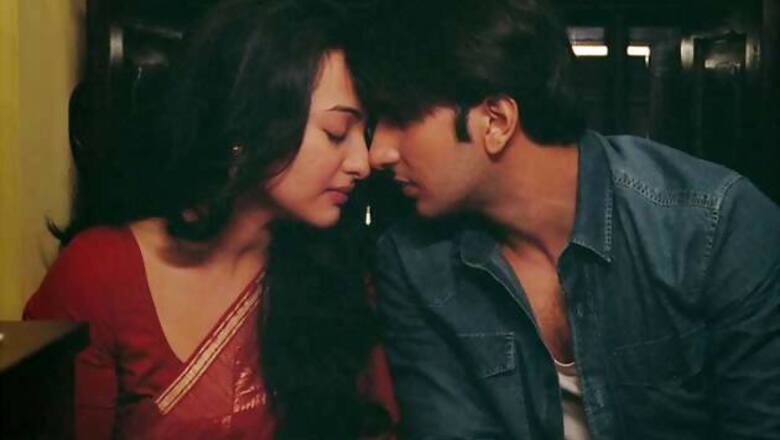
views
New Delhi: The awards season is upon us and this is the time when the best of Indian cinema is judged, reviewed rewarded for entertaining us in the past year. 2013 has seen a mixed bag of films comprising both popular and art house cinema. In our maiden initiative, we have selected nominees in various popular categories and will let our readers decide the outcome. It is a month long poll, so go ahead and vote for your favourite performers of 2013.
Cinematographer is one person who always remains in close proximity of the director. The Hindi film industry doesn't believe in the auteur theory, but sometimes the cinematographer contributes equally to a venture if not more than the director. Here are the nominees of the Best Cinematography category.
Kamaljeet Negi (Madras Cafe): The grim and striking visuals of war torn Sri Lanka gave Goosebumps to the viewers in 'Madras Cafe'. A cinematographer's real challenge lies in the situation where he needs to recreate a scene which is spread on a vast landscape. John Abraham and Shoojit Sircar decided to make a tough film and Kamaljeet Negi gace them the exact visuals they wanted. It's very difficult to maintain continuity in an open space but Negi did that. He is the first nominee in this category.
Mahendra Shetty (Lootera): The authenticity of time and space in 'Lootera' must have been a tedious task for everyone associated with the film. You can't become jazzy with your camera movements, neither you can be too flashy. You also need to showcase special properties in order to transport the audience into a different era. Vikramaditya Motwane and Mahendra Shetty poured their hearts out in the beautiful frames of 'Lootera'. You are free to question the story and the central conflict but you can't restrict yourself from giving credit to the eye behind the camera for bringing out the postcard images.
Anay Goswamy (Kai Po Che): The film was based on Chetan Bhagat's book and thus the makers were more or less clear about the premise. So, what makes it an important film frame wise? Well, it's the technical excellence of Goswamy and his team which helped the film in finding the right tempo. There were scenes in the film which could have been intercut and juxtaposed because the shots were taken as per the requirement. If the film's cinematography can be explained in one sentence it would be, 'the camera danced with the characters.'
Saurabh Goswami (Ek Thi Daayan): The magical world of Bobo the Baffler was hard to create because it had to be 'different' than other Bollywood films. Plus, it was a story that was dark yet delectable without getting too noisy. For example, take the first scene of the film which shows a lift emerging on top of a stage. You see the road behind and the vastness of the magic would start haunting you. The lighting used in the film is particularly mention worthy as it changes with every scene without making the spectator aware about it.
Sudeep Chatterjee (Dhoom 3): A film like 'Dhoom 3' is not really about close-ups and mid-shots. There is no meaning of spending crores unless and until the camera shows the grandeur in long shots. Now, it becomes a tricky situation as the superstar hero should also remain in the focus. Sudeep dealt with this problem in his own manner and passed the test with flying colours. Though there were some light related issues, but overall 'Dhoom 3' turned out to be a good work in the camera department.
Pankaj Kumar (Ship of Theseus): Just one word, pathbreaking. Pankaj Kumar gave an entirely new meaning to all the three stories without getting in the audience's face. In fact, the camera was a character in 'Ship of Theseus', a marvellous feat to achieve for any cinematographer.
####
IBNLive Movie Awards: Nominees for Best Cinematography



















Comments
0 comment